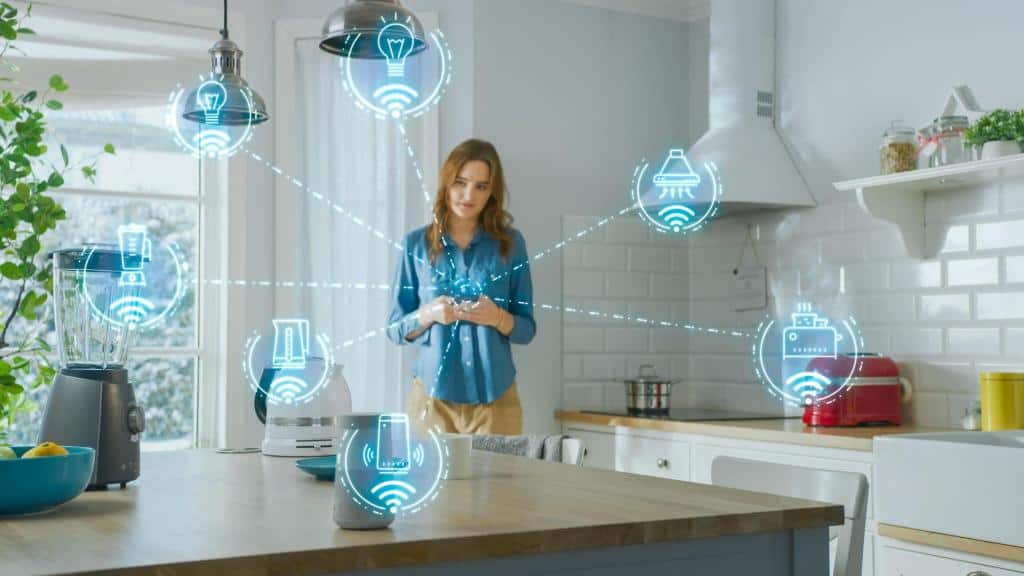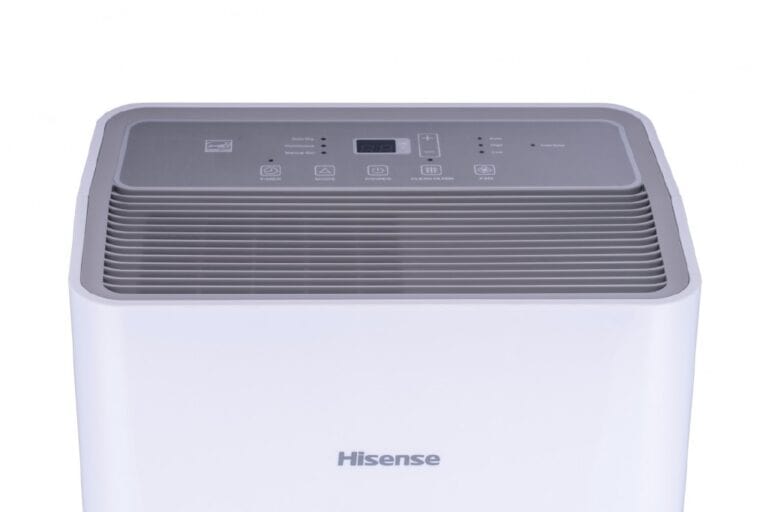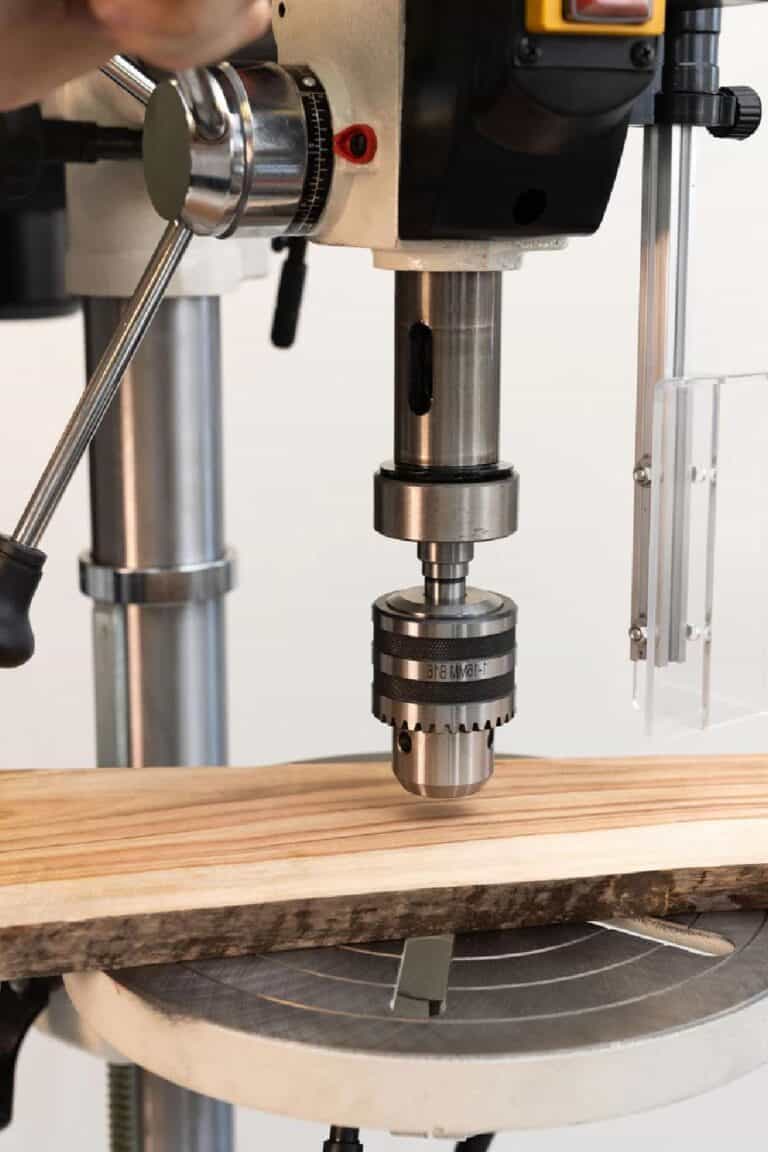What Are the Risks Associated With Using Smart Technology?
Welcome to the world of smart technology. Systems and devices promise efficiency, convenience, and seamless connectivity, revolutionizing our daily lives.
From voice-activated assistants like Amazon Echo or Google Home to interconnected home security systems that can be controlled remotely via smartphone apps, smart technology has gained significant momentum in recent years.
Voice-activated assistants like Amazon Echo or Google Home and interconnected home security are examples of smart technology. They can be controlled remotely via smartphone apps. Smart technology has gained significant momentum in recent years.
These devices are becoming more available and affordable. As a result, more homeowners are embracing this futuristic trend.
Before we let smart machines into our homes, we should be aware of the risks and weaknesses they may pose. They may look sleek and appealing, but we need to be cautious. Smart technology has many advantages. However, it also exposes us to cybersecurity and privacy threats. These threats could compromise our data and even endanger our safety.
This article delves into the hidden dangers associated with using smart technology. It equips us with knowledge on how to mitigate them effectively.
The Basics of Smart Technology
Before diving into specific risks, let’s take a moment to understand what exactly constitutes smart technology. In simple terms, it refers to any device or system equipped with advanced functionalities powered by artificial intelligence (AI) or machine learning algorithms.
These technologies enable devices such as smartphones, appliances like refrigerators or thermostats, and even entire homes. They gather data from their surroundings in real-time. They make decisions automatically based on this information. They have the capability to connect seamlessly across networks through Wi-Fi or Bluetooth connections. They provide users with unprecedented control over their environments.
Smart devices and systems are becoming more popular worldwide due to their convenience and quality of life benefits. However, you should continue reading this article. As curious readers, you may gain insights into its lesser-known aspects. They may have serious implications if ignored- cybersecurity threats privacy concerns lurking underneath enticing veneer
The Benefits of Using Smart Technology
Smart technology has rapidly become an integral part of our lives. It promises improved efficiency, convenience, and even enhanced safety. Smart thermostats let us change the temperature in our homes from afar, and voice-activated virtual assistants can do a lot of different things with just a few words. These gadgets have definitely made a lot of people’s lives easier.
One key advantage is increased energy efficiency. Heating and cooling schedules can be optimized by home systems based on how many people are in the house and the weather. This cuts down on wasted energy and utility bills.
Moreover, smart technology offers unparalleled convenience by automating repetitive tasks. Connected appliances can be set to do things like start cooking dinner while you are at work or even order groceries when they get low. Home security systems equipped with motion sensors ensure the safety of your premises without constant monitoring.
Additionally, wearable devices like fitness trackers provide real-time data about our health and encourage positive habits such as regular exercise.
However, it’s crucial to proceed cautiously in this brave new world where smart technology rules. We should be open to these new technologies that could make our lives better, but we should also be aware of the risks they might bring. The risk of being mishandled or exploited by malicious actors seeking unauthorized access to personal information or control over critical infrastructure.
It is imperative for consumers and homeowners alike to understand the dark side lurking behind the conveniences offered by these intelligent systems
The Vulnerability of Smart Home Devices: Opening the Door to Hackers

Smart home devices, such as voice assistants, smart thermostats, and security cameras, have become increasingly popular among homeowners. They want convenience and connectivity. However, there is a stark reality that often goes unnoticed amidst the allure of these innovative technologies—their vulnerability to hacking.
As more devices are connected to the internet in our homes, they create new opportunities for cybercriminals to exploit vulnerabilities and invade our privacy.
Hackers can infiltrate smart home networks through various means. One common method involves exploiting weak or default passwords set by users who fail to change the default settings upon installation. Once inside a network, hackers can gain control over every connected device within it.
Smart home devices provide unintended gateways into our personal lives. Hackers listen in on conversations through compromised voice assistants. They can also remotely access security camera footage and unlock doors.
Take the case of Sarah Thompson (not her real name), whose smart door lock was hacked while she was away on vacation last year. The hacker not only gained entry into her home,. They also disabled the alarm system before making off with valuable possessions—without leaving behind any signs of forced entry.
This chilling incident reminds us to stay vigilant against cyber threats. No matter how advanced or secure our technology may seem, it is crucial.
Technology intersects with every aspect of our lives, including our living spaces. Therefore, it’s imperative that we prioritize safeguarding ourselves from cyber risks.
In the following sections, we will delve deeper into some key risks associated with smart technology. We will also explore practical measures individuals can take to mitigate those risks effectively.
Cybersecurity Risks Associated with Smart Devices
1. Vulnerabilities that could potentially be exploited:
When it comes to smart devices, there are several vulnerabilities that hackers can exploit for their malicious activities. One of the most common vulnerabilities is inadequate authentication methods.
Many smart devices rely solely on passwords for user authentication, which are easy to guess or crack by determined attackers. It’s crucial to choose strong and unique passwords for each device and consider implementing additional security measures such as two-factor authentication.
2. Weak encryption protocols
Another significant cybersecurity risk associated with smart devices is the use of weak encryption protocols. Encryption plays a critical role in protecting sensitive data transmitted between the device and other systems or networks.
However, some manufacturers may not prioritize robust encryption standards when developing their products, leaving them vulnerable to interception or unauthorized access. Users should research and invest in devices that utilize strong encryption protocols like Secure Sockets Layer (SSL) or Transport Layer Security (TLS).
3. Lack of software updates and support for older devices:
Older smart devices often become susceptible to cyber attacks due to the lack of software updates provided by manufacturers. As technology changes quickly, many businesses stop supporting older models, leaving them without important bug fixes and security patches. Because these outdated devices have known vulnerabilities that have not received adequate updates, hackers actively target them.
To mitigate this risk, users should regularly check for firmware updates from manufacturers and consider retiring outdated devices if they are no longer supported.
By understanding these cybersecurity risks associated with smart technology, consumers can take proactive steps to protect themselves against potential threats. Cybercriminals can see your personal information if you do not choose secure authentication methods. So, put strong encryption protocols first when you make purchases, and make sure your software is always up-to-date.
Privacy Concerns Linked to Smart Technology Use
a) Data collection practices by companies behind these technologies.
Smart technology has revolutionized the way we live, but it also raises serious concerns about our privacy. Behind every smart device lies a company collecting vast amounts of data about us. From voice assistants like Amazon’s Alexa to smart thermostats and fitness trackers, these devices are constantly listening to, monitoring, and recording our activities. But do we really know what happens to that data?
i) What data is being collected?
The scope of data collection by smart technology companies is extensive. While each device may collect different types of information depending on its purpose, common pieces of personal data include location history, web browsing habits, email communications, shopping preferences, and even biometric measures such as heart rate or sleeping patterns. This wealth of personal information can paint an incredibly detailed picture of our lives.
ii) How is this data being used or shared?
Unfortunately, the answer is not always transparent or reassuring. Companies often claim to use this vast repository of data for improving their products and services or for targeted advertisements. However, worrying instances have emerged in which human employees reviewed private conversations recorded by voice assistants for quality control purposes without the user’s knowledge or consent, raising serious concerns about confidentiality.
As consumers become increasingly aware of the potential risks associated with smart technology’s use in terms of privacy invasion, they should take proactive steps towards safeguarding their own personal space beyond relying solely on big tech corporations’ guarantees.
The Hidden Dangers of Smart Home Devices
Smart home devices have revolutionized our lives, offering convenience, efficiency, and connectivity like never before. However, behind the seamless automation and sleek interfaces lie potential risks that can compromise your privacy and security.
While there is no denying the benefits of smart technology, it is essential to educate ourselves about the hidden dangers lurking beneath their glossy exteriors.
One of the most significant concerns involves cybersecurity vulnerabilities. As we increasingly rely on interconnected devices in our homes, such as voice assistants, thermostats, cameras, and even door locks, we inadvertently create more entry points for hackers to exploit.
Security breaches may not only result in financial loss but could also lead to personal invasion if attackers gain access to live video feeds or sensitive information stored within these devices.
Another crucial area that smart technology’s negative side affects is privacy. Companies often collect large amounts of data from users through these devices for various purposes, such as targeted advertising or improving product features.
Unfortunately, this results in a vast amount of personal data that is vulnerable to misuse by both third parties and businesses themselves. From compromising images captured by cameras to intimate conversations picked up by voice assistants, our privacy hangs precariously on a fine line once we invite these technologies into our homes.
Fortunately, understanding the risks associated with smart home devices is the first step towards safeguarding ourselves against them effectively. In the sections that follow, we’ll go into more detail about specific risks and offer helpful advice on how to secure your smart home environment while preserving your privacy in a time of rapid technological advancement. So let’s explore how you can enjoy all the benefits offered by smart technology without sacrificing your peace of mind!
Data Breaches in IoT Devices
In our increasingly interconnected world, the Internet of Things (IoT) has become an integral part of daily life. From smart thermostats to voice-activated assistants, these devices offer convenience and control at our fingertips. However, behind this convenience lies a lurking danger: the risk of data breaches.
At its core, a data breach occurs when unauthorized individuals gain access to sensitive information stored in IoT devices or systems. This can include personal details like names, addresses, financial records, and even medical history. The consequences of such breaches are far-reaching and can have devastating effects on individuals’ lives.
Over the years, there have been several high-profile cases that highlight just how vulnerable IoT devices can be. One notable example is the Mirai botnet attack of 2016, which targeted insecure IoT devices and used them to launch massive DDoS attacks. This incident affected popular websites like Netflix and Twitter by overwhelming their servers with traffic.
To prevent data breaches on IoT devices, it is crucial to take proactive measures and implement robust security practices. First and foremost, regularly update your device’s firmware to ensure that any vulnerabilities are patched up promptly. Change default usernames and passwords, as they are often easy targets for hackers looking for quick access.
Furthermore, segmenting your network can also provide added protection by keeping critical systems separate from less secure ones. Additionally, encrypting your data both during transmission and storage adds another layer of security against potential intruders who may attempt to intercept or steal sensitive information.
Specific Examples: Illustrative Cases
In recent years, we have witnessed a number of high-profile incidents that serve as cautionary tales about the risks associated with smart devices and systems. These cases highlight how vulnerable our technologies can be when it comes to cybersecurity and privacy breaches.
One such instance involved cybercriminals hacking a well-known smart home security camera system. The hackers gained access to the live video feeds of countless households, invading people’s privacy and potentially observing some deeply personal moments.
This incident not only raised concerns about the security measures implemented by these devices but also shed light on the importance of taking proactive steps to protect ourselves from such invasions.
Another alarming example is the hacking of baby monitors. There have been instances where malicious actors remotely accessed these cameras, allowing them to watch over sleeping infants or even communicate false information through speakers attached to these devices. Such incidents are not only distressing for parents but also underscore the urgent need for manufacturers to prioritize security protocols in their products.
These real-world examples remind us that convenience should never come at the expense of safety. It is crucial for consumers and homeowners alike to be aware of potential vulnerabilities and take proactive measures to safeguard their privacy and data from nefarious actors seeking unauthorized access.
Tips for Mitigating Risks
a.) Setting strong passwords and changing default credentials regularly on all devices and accounts can significantly reduce the risk of unauthorized access to your smart technology. Many people make the mistake of using weak, easily guessable passwords or sticking with the default login credentials provided by manufacturers. By creating unique, complex passwords that include a mix of letters, numbers, and symbols, you can add an extra layer of security to your devices and accounts.
b.) Keeping software and firmware up-to-date is another crucial step in mitigating risks associated with smart technology. Manufacturers often release updates that contain important security patches to fix vulnerabilities discovered in their products.
Failure to install these updates leaves your devices exposed to potential cyberattacks. To ensure you’re protected against emerging threats, it’s advisable to enable automatic updates whenever possible or regularly check for new versions manually.
c.) Utilizing firewalls, antivirus software, and secure Wi-Fi networks can go a long way in safeguarding your home network from malicious activities. Firewalls act as barriers between external sources and your devices, monitoring incoming traffic for any suspicious activity. Installing reputable antivirus software provides an additional layer of protection as it scans files for malware or potential threats.
Moreover, securing your Wi-Fi network using WPA2 encryption helps prevent unauthorized users from gaining access to sensitive data transmitted over the network.
d.) Regularly reviewing permissions granted to connected devices’ apps is essential for protecting both cybersecurity and privacy aspects related to smart technology. Some applications may request excessive permissions that could compromise user privacy or allow them greater control than necessary over connected systems or devices.
Deciding which permissions are truly required based on functionality rather than just approving everything will help reduce potential risks associated with overly permissive applications.
Educating Others
Sharing knowledge of risks with friends, family members, or the wider community is a crucial step in ensuring not only your own safety but also that of others. By sharing what you have learned about the potential dangers of smart technology, you can empower those around you to make informed decisions and take steps to protect themselves.
Start by organizing informal discussions or hosting small workshops where you can share your insights on the risks associated with smart devices and systems. Use real-life examples to illustrate these risks and explain how they could impact our everyday lives. Encourage open dialogue and invite questions so that everyone feels comfortable expressing their concerns and seeking clarification. Remember, engaging in conversations about these risks should never be about instilling fear but rather fostering understanding.
Another effective way to educate others is through social media platforms or online forums dedicated to technology discussions. Share articles, videos, or infographics that highlight specific risks related to smart technology; this will help reach a wider audience who may not otherwise be aware of such issues. Sparking conversations online can lead more people to take proactive measures when it comes to securing their own devices.
By actively educating others about the potential dangers posed by smart technology, we can collectively raise awareness and create a safer digital environment for all. Knowledge is power; let’s share it responsibly!






